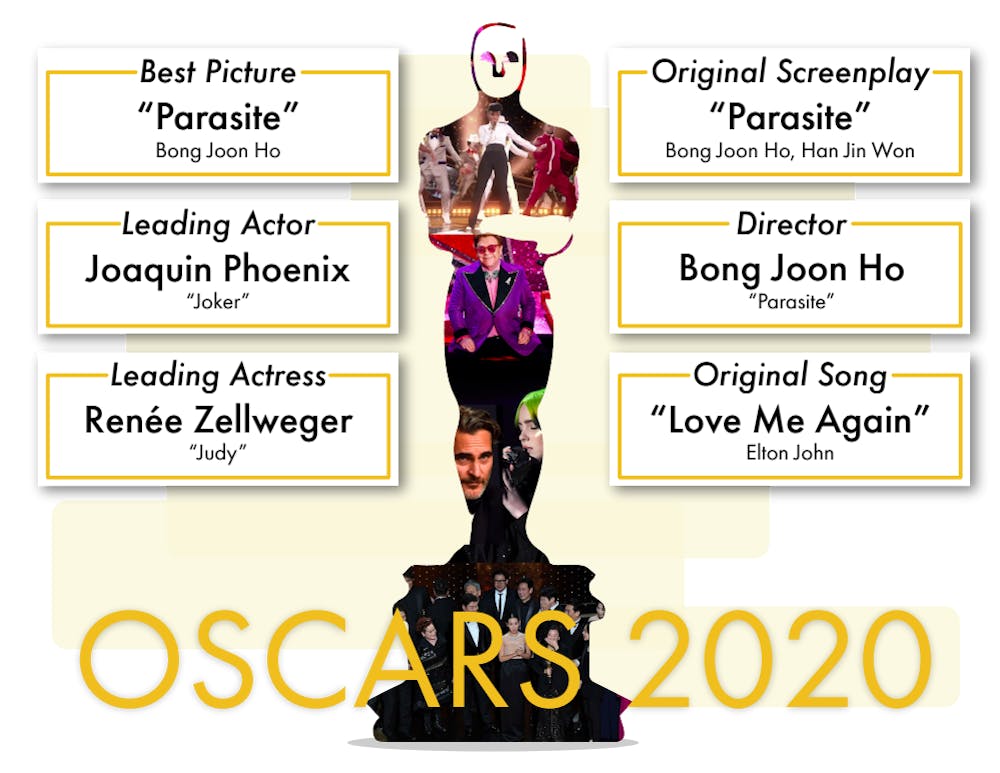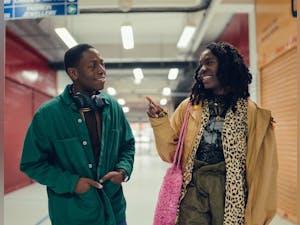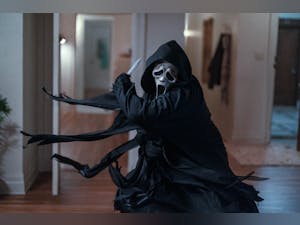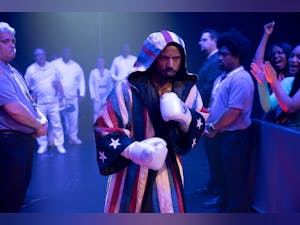From: Silver Screen
“Ralph Breaks the Internet” represents Disney’s new take on what friendship means

The simple routine that Ralph and Vanellope (Sarah Silverman) have at the beginning of “Ralph Breaks the Internet” is suddenly upheaved when Ralph (John C. Reilly), the loveable and naive good-guy who is unable to avoid his destructive behavior, ends up breaking his best friend’s game.
The owner of the arcade can’t afford the necessary replacement part online, so he has to scrap the game that Vanellope calls home.
Ralph’s guilt leads him to abandon the familiarity of the arcade and traverse the internet to get the replacement part that Vanellope’s game needs. Throughout the journey, Ralph’s insecurities and jealousy come to light as Vanellope makes new friends. As the name implies, instead of only wrecking Vanellope’s game, in “Ralph Breaks the Internet” Ralph breaks everything. Along the way, he has to figure out what it means to be a friend.
When directors Rich Moore and Phil Johnston sat down for an interview with the Eagle, they both remembered a line that had been taken out of the film before its final version: “Good thinkin’, Lincoln.” Neither of them remembered why the line was removed, but “we must have had good reason,” Moore said.
The script that audiences hear when they see the film is the eighth draft after three years of work. Both directors said that, by the time the film is released, they can nearly recite it from memory.
But, Moore and Johnston said that they had a hard time with this project. “There’s the hubris of saying, ‘We know these characters, this is going to be easy!’” Johnston said. “But then you get bogged down because a sequel needs to earn its way into the world.”
To make sure the second installment of Ralph and Vanellope’s adventures “earns” its way, the directors made sure the story was going to be different and that the characters were going to change in a way that still “honors who they are,” Johnston said.
Throughout “Ralph Breaks the Internet,” the theme of friendship and freedom is honest, unique and complex for a genre that tends to simplify these major topics.
Moore and Johnston were also the creators of Disney’s “Zootopia” and used that movie to discuss American bigotry and racism in institutional forces. They realized that with this sequel, they could do something similar, but now they discuss the moment a friendship becomes toxic, controlling or judgemental.
“We wanted to put their friendship to the test,” Johnston said. “‘Best friend forever,’ really? What does that actually mean? ... Relationships can become toxic, particularly when you have the internet involved.”
Despite the notion that the internet can create rifts in relationships, “Ralph Breaks the Internet” is, surprisingly, not a reproach against young people who use the internet, nor is the film wrapped in caution tape that uselessly proclaims the dangers inhabiting an online space.
The hilarious, metatextual scene in which Vanellope meets all of the Disney princesses shows how the internet can bring different people together. This scene also lets the viewer revel in the film’s refined self-awareness.
In another scene, Ralph reads the comments section of a viral video of him. We’ve all learned the hard way how hurtful a comments section can be, and, as a result, the film’s audience connects with Ralph’s tears and that familiar sense of embarrassment and offense that sparks from mean words online. Johnston said they really tried to recreate that “punch in the gut” one feels when they’re attacked online.
“The internet world we created should reflect the real one,” Moore said. But Johnston said they wanted to let the audience interpret the internet based on their own experience with it.
Six years passed between “Wreck-It Ralph” and “Ralph Breaks the Internet,” and sequels can often regurgitate the jokes, settings and story arcs from its successful predecessors. Disney has been recreating or, more aptly, recycling their classic animated features in stunning, yet insubstantial live-action versions.
“Ralph Breaks the Internet” is another beautifully colored and animated Disney feature that is able to chart unfamiliar territory and earn the audience’s support and empathy for its transforming characters all over again.
“In a family film, or one that kids watch, it should be a simple story, but not a simplistic story,” Johnson said. “We want real stories that people can relate to.”
The film’s message is at times overworked through repetition, with lines from a malevolent internet virus robotically saying, “searching for insecurities.” But the important message is present nonetheless, and it explores friendship in a way that Disney has not yet tried, so perhaps more guidance for the younger audiences seemed necessary.
Like most Disney animated films, “Ralph Breaks the Internet” toes the line between cracking jokes that only adults would find funny and using slapstick comedy for kids. But outside of its comedy, the film shows balance throughout. The Internet is fun, until it is used the wrong way. Friendship is great, but it is important to know when it isn’t.
“Ralph Breaks the Internet” is released in theaters on Nov. 21




